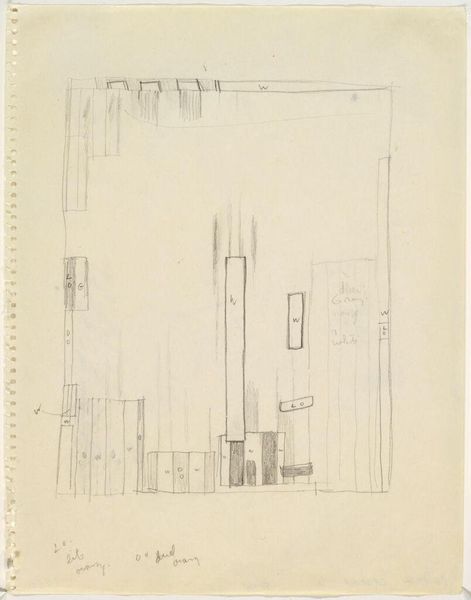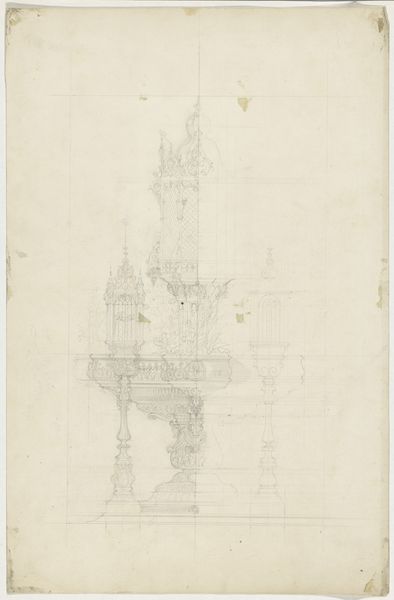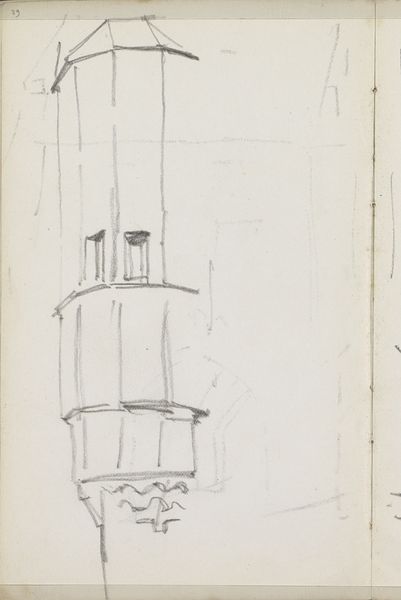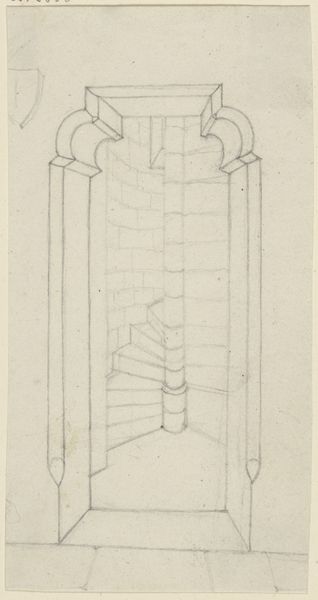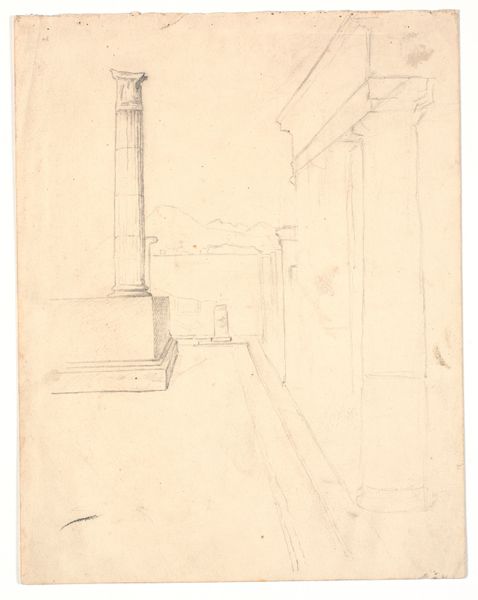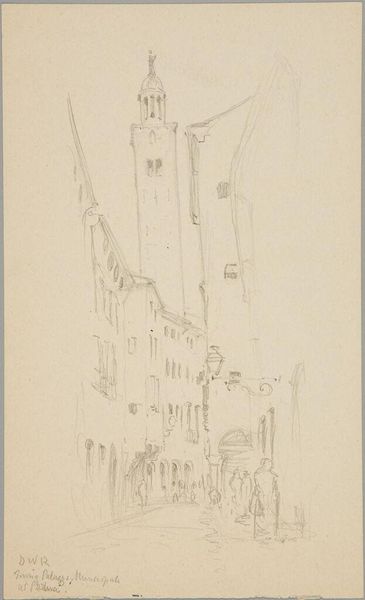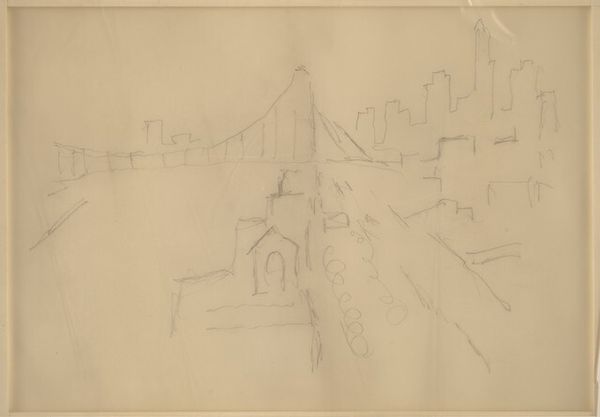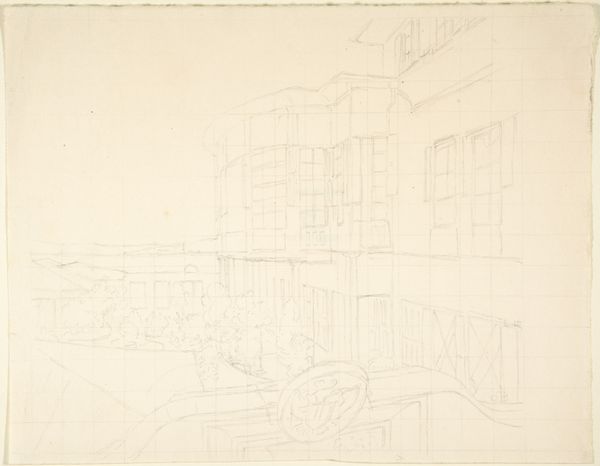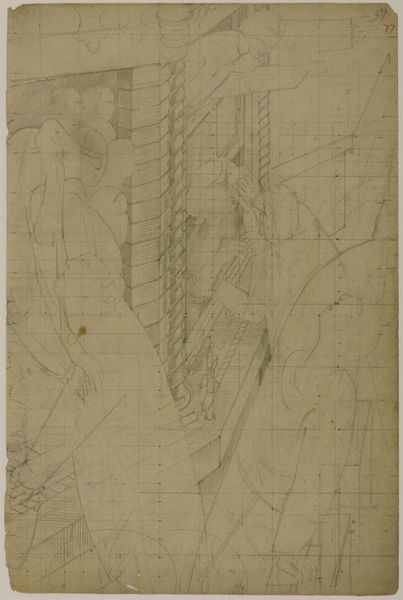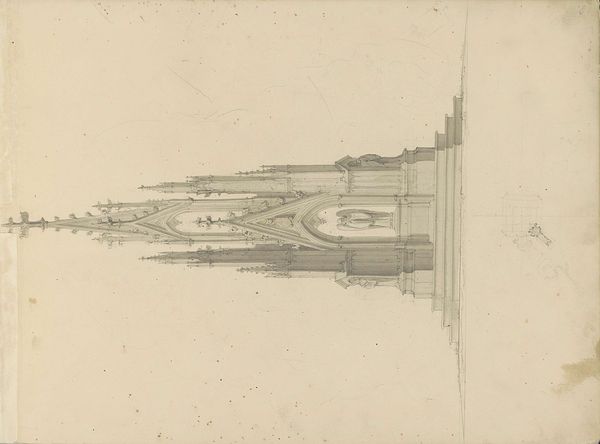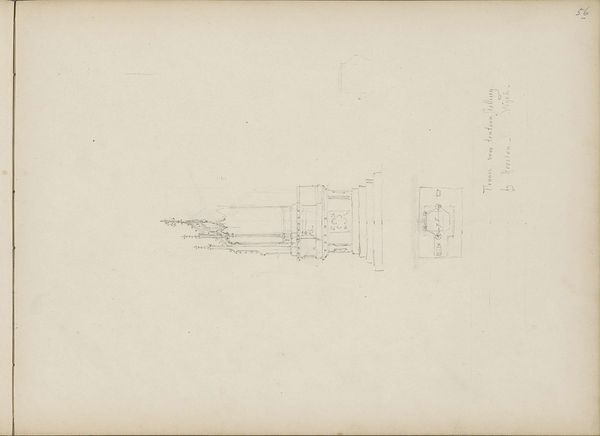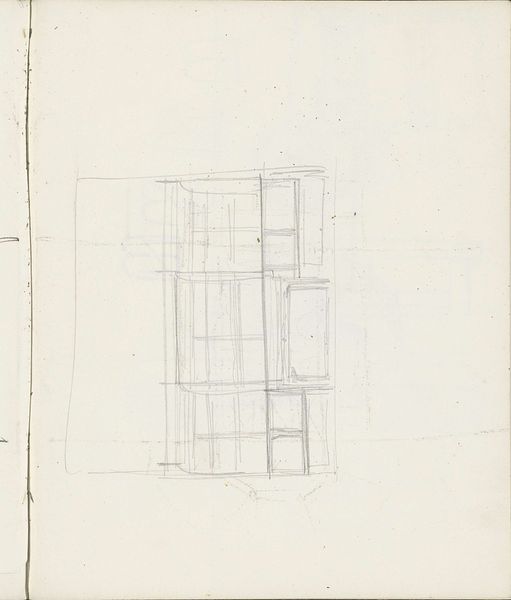![Basket, Table, Door, Window, Mirror, Rug #42 [verso] by Richard Artschwager](/_next/image?url=https%3A%2F%2Fd2w8kbdekdi1gv.cloudfront.net%2FeyJidWNrZXQiOiAiYXJ0ZXJhLWltYWdlcy1idWNrZXQiLCAia2V5IjogImFydHdvcmtzLzRiMWM3YTdhLWI3OGEtNDAwOS1iNDZjLTExMzA0ZjEyNTc0Yi80YjFjN2E3YS1iNzhhLTQwMDktYjQ2Yy0xMTMwNGYxMjU3NGJfZnVsbC5qcGciLCAiZWRpdHMiOiB7InJlc2l6ZSI6IHsid2lkdGgiOiAxOTIwLCAiaGVpZ2h0IjogMTkyMCwgImZpdCI6ICJpbnNpZGUifX19&w=3840&q=75)
Basket, Table, Door, Window, Mirror, Rug #42 [verso] 1975
0:00
0:00
drawing
#
pencil drawn
#
drawing
#
amateur sketch
#
light pencil work
#
pencil sketch
#
incomplete sketchy
#
hand drawn type
#
etching
#
ink drawing experimentation
#
pen-ink sketch
#
pencil work
Dimensions: sheet: 29.5 × 19.8 cm (11 5/8 × 7 13/16 in.)
Copyright: National Gallery of Art: CC0 1.0
Curator: Richard Artschwager’s "Basket, Table, Door, Window, Mirror, Rug #42 [verso]," a drawing from 1975. It's rendered in what appears to be graphite pencil. My immediate impression is that it seems more like a study or preparatory sketch than a finished piece, especially the way lines fade in and out. Editor: It certainly has that ephemeral, in-process quality, doesn't it? Almost like looking at the ghost of a still life. I am drawn to the recurring objects he groups. The symbolic interplay interests me, and I wonder about this relationship among mundane domestic items presented in an elusive style. The very notion of a drawing being entitled '#42 verso' feels very conceptually playful and provocative. Curator: It's intriguing to consider these everyday objects in relation to their symbolic potential, like you say. Are they simply stand-ins for 'home,' or might they hint at more profound themes? Consider the 'basket,' for example. Cultures through the centuries have employed basket motifs to indicate the container of a group, or perhaps that which holds a potential transformation. Here, though, the linear depiction lacks volume, doesn't present this familiar, symbolic containment. Editor: Precisely! It challenges us to look beyond simple identification. Even something as straightforward as the "window" might be understood here as symbolic of possibility, but instead, that concept feels somewhat denied with the style Artschwager uses here. His flattening of depth perhaps asks questions about modernity, and anxieties of connection and disconnection. But given his broader body of work, I think the piece’s placement is critical; it needs to be within an informed framework, doesn’t it? Otherwise, the audience misses that important nuance. Curator: I concur, historical context allows deeper meanings to emerge from these initially simplistic images. Its pale nature almost feels hesitant, not making grand gestures, allowing its more thoughtful undercurrent to reveal slowly, rather than proclaiming instantly. Editor: Artschwager's piece offers an opportunity to slow down, contemplate everyday imagery, and delve into both conscious and subconscious levels of thought. Curator: I find that so satisfying. It also encourages speculation and continued dialogue, which is what art is meant to do, isn't it?
Comments
No comments
Be the first to comment and join the conversation on the ultimate creative platform.

